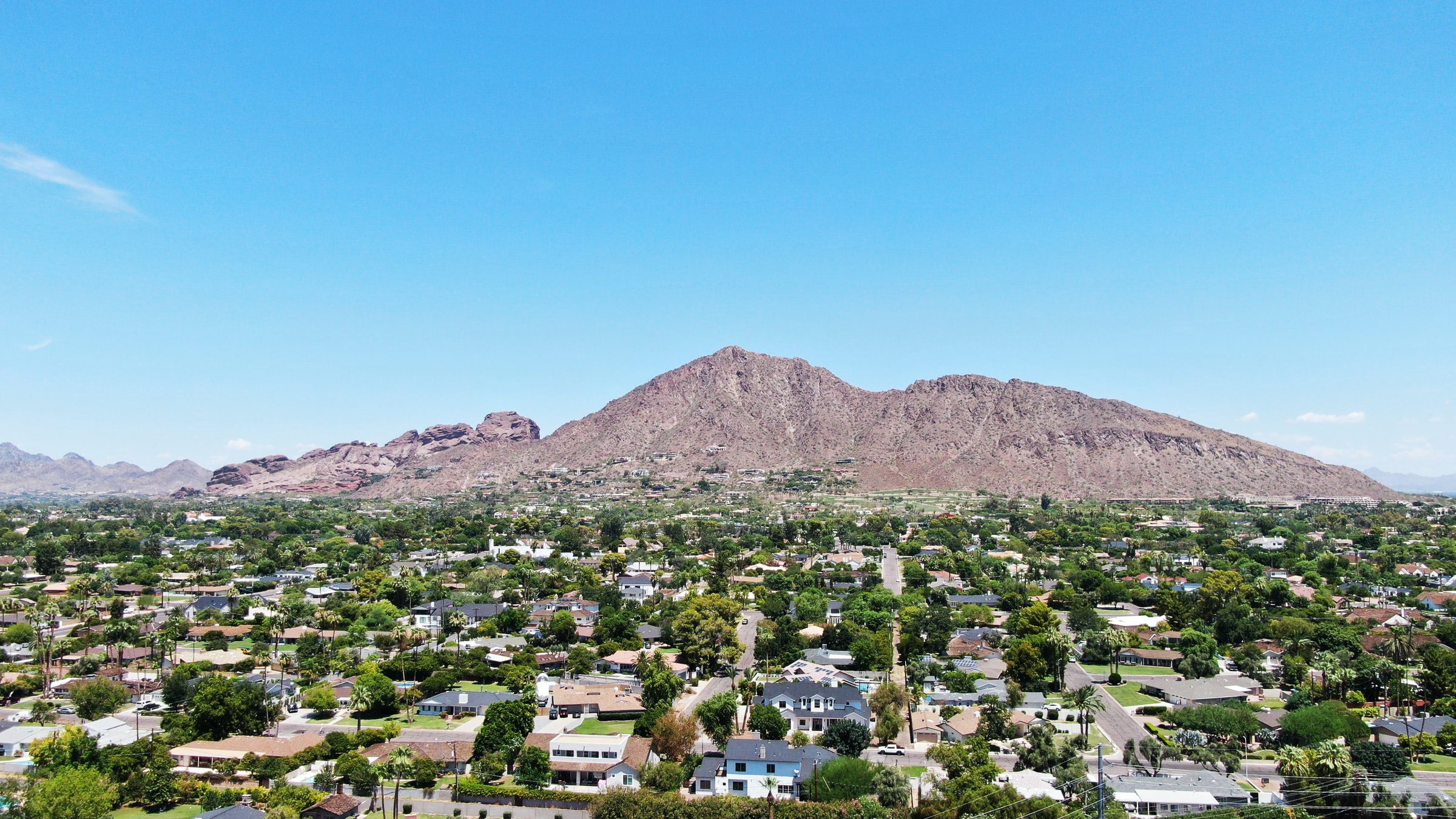In a historic moment for American industries, workers and employers, the U.S. Senate recently passed a once-in-a- generation bipartisan infrastructure bill. The funding package is expected to help create jobs, bolster the economy and provide serious federal support to overhaul aging infrastructure, including roads and bridges, in Arizona and across the U.S. At an over $1 trillion price tag, the landmark bill aims to make sweeping repairs to the nation’s hard infrastructure – including bridges, highways, airports, and ports – as well as infrastructure for electric vehicles, access to safe drinking water, and broadband internet. Once enacted, the bill, which now goes to the U.S. House for consideration, is set to potentially help rebuild the country by delivering important federal investments.
Arizona’s U.S. senators, Mark Kelly and Kyrsten Sinema, celebrated many aspects of the legislation as essential building blocks that will allow the state to flourish for years to come. In an announcement, Kelly commended the administration and fellow Capitol Hill colleagues for coming together on many key issues, including upgrades to the reliability of the power grid, enhancing security, bringing shorter wait times to Arizona’s ports of entry, improving water sanitation for Arizona residents, and the protection of rural, higher-risk roads. “The Infrastructure Investment and Jobs Act shows that when we work together, it’s possible to find common ground and get big things done,” said Kelly in a tweet.
Sen. Kyrsten Sinema had similar praises for the bill on which she, along with West Virginia Sen. Joe Manchin, played a significant part in negotiations. “It represents the largest investment in infrastructure in our entire lifetime,” said the senator in a video. “It’ll make a real difference in the lives of everyday Arizonans.” Sinema touted increased funding for robust broadband infrastructure as a critical win for Arizonans, as well as renovations to airports across the state, wildfire suppression and prevention, and water storage capacity. Wildfire protection and recovery funding was especially crucial in Sinema’s eyes. “This is a big deal for us in Arizona, as we’ve seen in recent years that the wildfire season is going longer and becoming more and more dangerous to our communities.” The senator also emphasized that this funding will not come from tax increases to everyday Arizona residents.
Earlier this year, Arizona received a C grade for its infrastructure in a report from the American Society of Civil Engineers (ASCE). While this rating could be seen as a positive in the greater context of the country, which received a C-minus for infrastructure overall, these scores are nevertheless indicative that a much-needed overhaul for state and national infrastructure is highly anticipated. This need is reflected by voters, as polling shows an overwhelming majority of the public support improving our nation’s infrastructure. When provided only minimal information regarding the American Jobs Plan, 68 percent of voters said they would support the proposal, and when given additional information, support increased to 71 percent, a 47-point margin.
Many of the contents of the federal proposal should make serious inroads in terms of addressing specific areas of need within the state. Key infrastructure areas like deteriorating roads, inadequate public transportation, and poor water quality can lead to adverse effects on people’s financial, physical, and even mental well-being. The proposal will direct funding towards increasing or modernizing Arizona’s buses and will funnel billions into the state’s drinking water infrastructure. Additionally, the state will receive funding to fix its roads and highways, which could save Arizona residents hundreds of dollars a year on vehicle repair costs.
Arizona officials say much is in the works regarding roads and rails repairs once the plan is passed. While several of the smaller repair projects will be completed relatively quickly, such as updates to the I-17 and I-10 freeways, Maricopa County Association of Governments Policy and Government Relations Director Nathan Pryor has his sights set on the “longer-term opportunity” of extending the I-11 highway from Phoenix to southern Nevada, increasing the efficiency of interstate travel between Phoenix and Las Vegas. There are also proposals for revitalizing the Phoenix rail system, a move that would make public transportation a more viable option and reduce the number of cars on the road.





